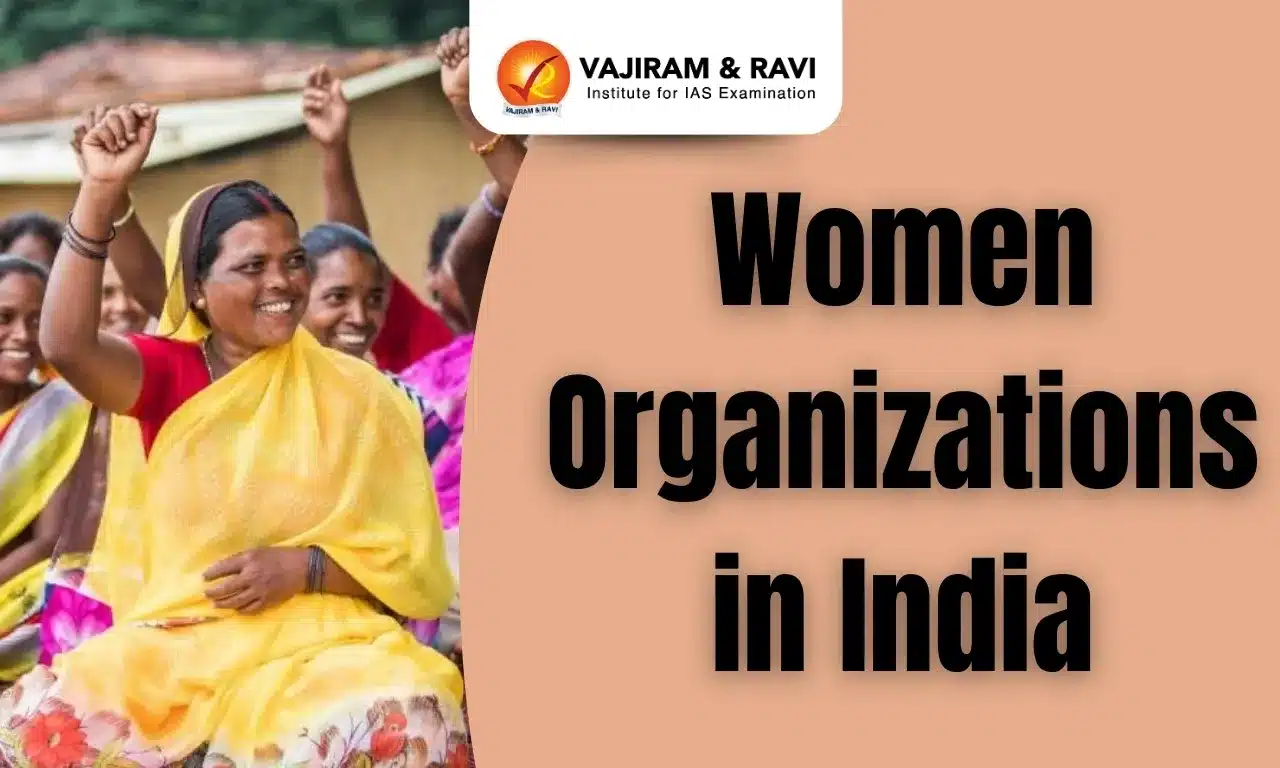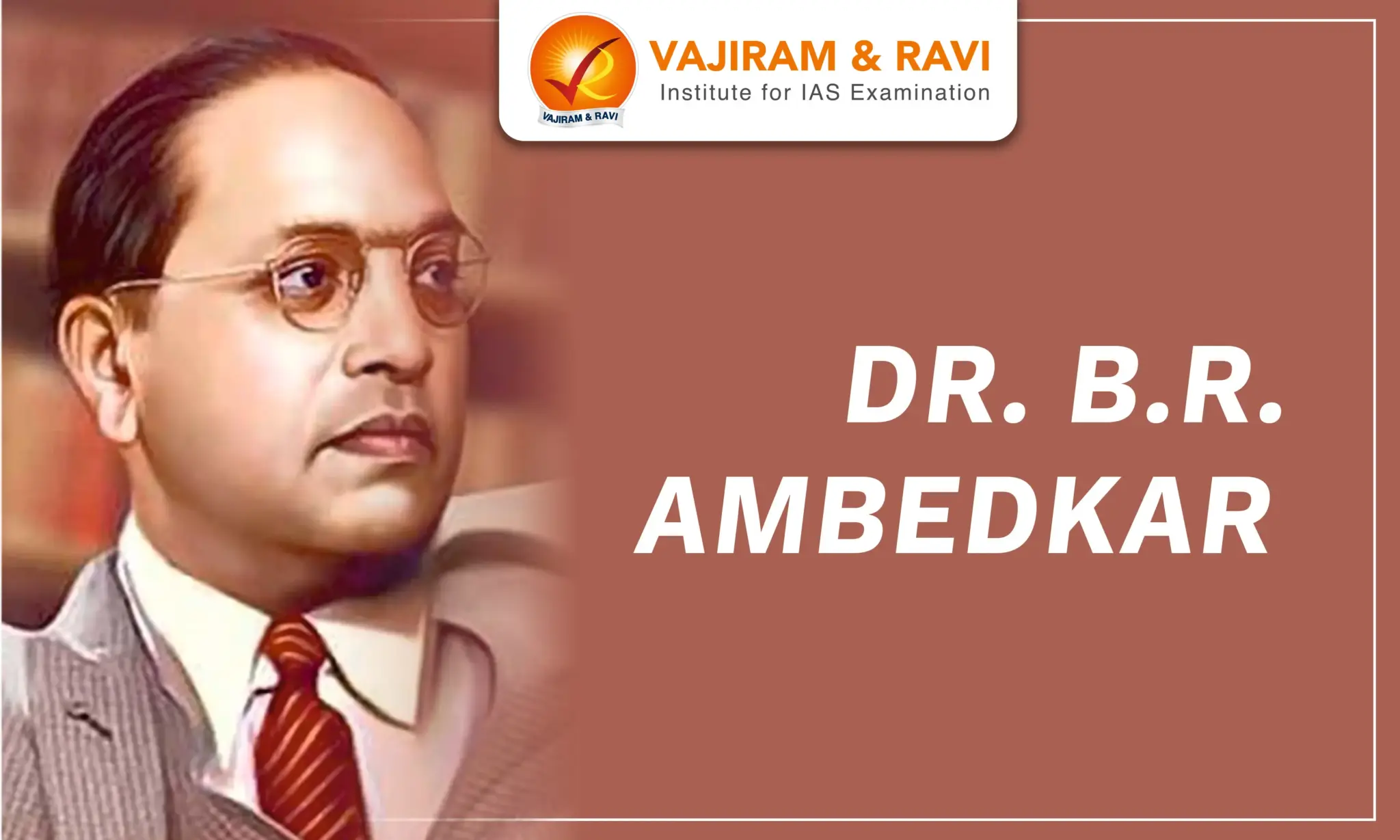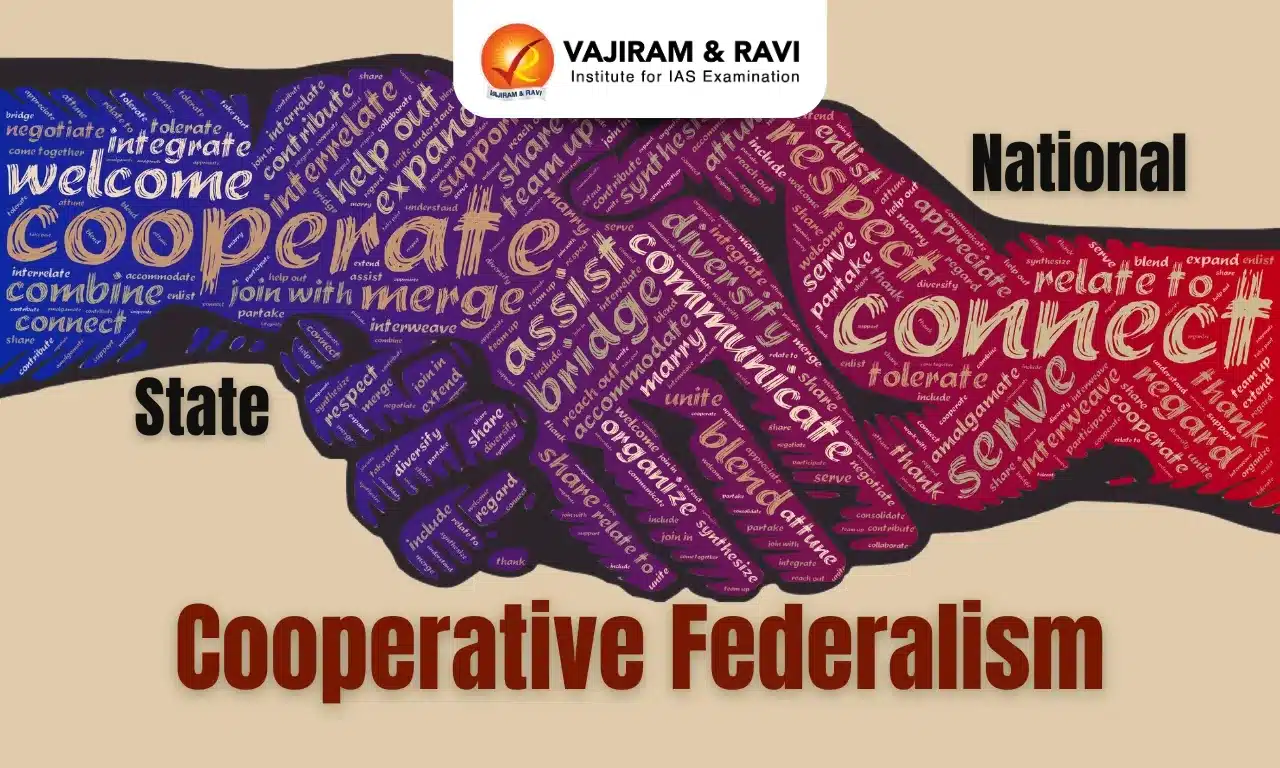How did women organizations and feminist movements evolve in India?
The women's movement in India is not of recent origin. Its beginning may be seen in several places in various forms. Yet, an organized women's movement may be traced back to the freedom struggle and the period immediately after independence.
19th Century to 1947
The social reform movements of the 19th century called for widow re-marriage, a ban on sati and child marriage, and the promotion of women's education. This may be taken as the first wave of the movement.
- The active participation of women in the freedom movement and the emergence of several national-level women's organizations, such as the All India Women's Conference, National Federation of Indian Women, and Women's India Association, may be seen as the next wave of the movement.
- They raised the issues of women's education, the right to franchise, Purdah, and individual rights.
1947 to the 1960s
The next wave of the movement began after 1947. Organizations such as the All India Women's Conference focused on social welfare. During this period, most of the women's organizations worked in the field of social service and welfare.
- The period immediately after independence witnessed two leftist movements - Tebhaga Movement in Bengal and Telangana Movement in Andhra Pradesh. The Telangana Movement threw up radical and militant women's leadership. They organized Andhra Mahila Sabha, Andhra Yuvati Mandal, and Mahila Sangam.
- The 1960s witnessed several economic and political crises. The Naxalite Movement emerged with full force, especially in Bihar and Bengal. Many women provided strategic support to the Naxalite revolutionaries.
- The participation of women in this movement provided them with an opportunity to understand the political process in the country and the politics of gender inequality and suppression of women's rights.
1970s to the 1990s
The women's movement took a new shape after 1970. Movements now focused on all the major socio-economic, political, and environmental issues. Women's involvement in the Chipko movement, focusing on preserving forests and related environmental issues, shows their increasing understanding of core issues.
- Between 1970 and 1990, women fought against liquor and liquor lobbies in Kumaon and Garhwal, Haryana, Andhra Pradesh, etc.
- 'Emergency' was imposed in the country in 1975. Several civil liberties and democratic rights groups were organized. Women also played an important role in these people's movements.
- On the whole, the period between 1970 and 2000 saw the emergence of many autonomous women's organizations from different ideological backgrounds. Forum Against Oppression of Women in Mumbai, Saheli in Delhi, and Asmita in Hyderabad are some examples.
- A notable trend is that women's organizations started to link strongly with political parties. They, in a way, acted as a women’s wing to these parties. All India Democratic Women's Association (AIDWA) - is related to CPI(M), and Mahila Congress is an affiliate of the Congress Party.
- The 1980s were largely dominated by the anti-dowry movement throughout the country. It also included such issues as dowry-related atrocities, domestic violence, commercialization and commodification of women, and lack of property rights. Public debate on sexual harassment and rape was also the result of this movement against dowry.
1990s to the Present times
In the present scenario, empowerment - social, economic, and political - is the dominant theme in the women's rights movement supported by hundreds of women's organizations.
- The women's movement in India is now an important part of the worldwide movement of women for justice, equality, and empowerment.
What are some of the important women’s organizations in India?
- National Council of Women in India (NCWI)
- The National Council of Women in India (NCWI) was formally founded in 1925 when the women of Bombay, Calcutta, and Madras made use of the networks developed for war work to forge their different clubs and associations into a new council.
- Some areas on which they focused their work included religion, education, politics, and philanthropy.
- All India Women’s Conference
- The most important women's organization formed in this period was the All India Women's Conference in 1926. It was founded by Margaret Cousins, who primarily demanded that women in India should have a full franchise.
- The work of the Conference was two-pronged, i.e., for the uplift of women( education, child marriage) and the nation's service.
- The Desh Sevika Sangh
- The Desh Sevika Sangh (National Women's Volunteer Organisation) established in various regions during 1930, had as its aim the attainment of self-rule for Women.
- It concentrated on banning foreign cloth, eradicating liquor drinking, and producing Khaddar (hand-spun and woven cloth).
- Self-Employed Women’s Association (SEWA)
- Founded by the civil rights leader Ela Bhatt in 1972. This organization aimed to provide full employment and self-reliance to women.
- Today, it is the single largest Central Trade union with a membership of over 2.1 million (2021) poor, self-employed women workers from the informal economy across 18 states in India.
- Snehalaya
- It is an NGO founded in 1989 in the Indian city of Ahmednagar.
- The NGO provides support to women, children, and LGBT communities.
- Snehalaya specifically focuses on these vulnerable members of society that have suffered at the hands of HIV and AIDS, trafficking, sexual violence and poverty.
- North East Network (NEN)
- NEN is a women’s rights organization established in 1995 as part of the Beijing World Conference on Women.
- The organization continues to fight against gender-based discrimination while building support for government policies that promote women’s rights and increase female representation in political, public, and community settings.
- Mahila Kisan Adhikaar Manch (MAKAAM)
- MAKAAM is a forum for female farmers’ rights that operates in 24 states in India.
- MAKAAM seeks to empower female farmers by teaching them to assert their rights and gain ownership of their livelihoods and the natural resources that come with it.
What are the challenges faced by women’s organizations in India?
- Problems adapting to rapid social and technical change: Challenges such as lack of digital skills, lack of access to technology, and limited understanding of how to use digital tools to reach new audiences and mobilize support.
- Restrictive access to foreign funds and restrictive Indian government funding: The Indian government has often been restrictive in providing funding to these organizations, and foreign funds are also coming under scrutiny, which can make it difficult for these organizations to secure the funding.
- Issues with accountability: There is a lack of regulations to ensure organizations are transparent and accountable, and issues surrounding misuse of funds, which can undermine the effectiveness of these organizations.
- Lack of political will and policy support: Women's organizations in India often face a lack of political will and support from the government in addressing women's issues. This can include a lack of policies or laws specifically addressing women's rights and a lack of funding for programs and services that benefit women and girls.
- Patriarchal mindset of the society: This includes resistance from men to changes in traditional gender roles, resistance from women to take leadership roles, and resistance from communities to challenge traditional practices that discriminate against women.
How can the role of women organizations be enhanced in India?
- Promote collaboration between government and women's organizations: The government should work closely with women's organizations to address issues related to women's rights and empowerment.
- Provide training and capacity building: Women's organizations should be provided with training and capacity-building programs to enhance their skills and knowledge, which will help them better serve women in their communities.
- Create a national network of women's organizations: A national network would facilitate communication and collaboration among women's organizations across India.
- Provide legal and other support services: Women's organizations should be provided with legal and other support services to help them provide women with the assistance they need.
- Increase funding for women's organizations: The Indian government should allocate more funds to women's organizations to help them expand their programs and services.
Last updated on November, 2025
→ Check out the latest UPSC Syllabus 2026 here.
→ Join Vajiram & Ravi’s Interview Guidance Programme for expert help to crack your final UPSC stage.
→ UPSC Mains Result 2025 is now out.
→ UPSC Notification 2026 is scheduled to be released on January 14, 2026.
→ UPSC Calendar 2026 is released on 15th May, 2025.
→ The UPSC Vacancy 2025 were released 1129, out of which 979 were for UPSC CSE and remaining 150 are for UPSC IFoS.
→ UPSC Prelims 2026 will be conducted on 24th May, 2026 & UPSC Mains 2026 will be conducted on 21st August 2026.
→ The UPSC Selection Process is of 3 stages-Prelims, Mains and Interview.
→ UPSC Result 2024 is released with latest UPSC Marksheet 2024. Check Now!
→ UPSC Prelims Result 2025 is out now for the CSE held on 25 May 2025.
→ UPSC Toppers List 2024 is released now. Shakti Dubey is UPSC AIR 1 2024 Topper.
→ UPSC Prelims Question Paper 2025 and Unofficial Prelims Answer Key 2025 are available now.
→ UPSC Mains Question Paper 2025 is out for Essay, GS 1, 2, 3 & GS 4.
→ UPSC Mains Indian Language Question Paper 2025 is now out.
→ UPSC Mains Optional Question Paper 2025 is now out.
→ Also check Best IAS Coaching in Delhi
Women Organizations in India FAQs
Q1. What are the legislations under which women’s organizations are recognized and registered in India?+
Q2. Name some prominent women's organizations in India?+

















